January 26, Third Age 1331 — Night
It is a busy evening at The Minotaur and The Emperor Inn. Before our heroes settle into their rooms for the night, love is in the air.
Quintos and his unseen servant seek to steal the luscious Lyndette, a “waitress” who is more than willing to serve—for the right price, from the warrior Stanford. Stanford is ready to fight, until charmed by Quintos. From there, he agrees to hook up with large-and-in-charge Helga.
Then, Quintos spots twins! He invites Lyndette and the twins to his luxurious room to party Roman-style. But he is unable (or, so he says, ‘unwilling’) to pay the gold and he spends the night alone.
Lundie, too, flirts with a hottie. The bearded dwarf babe, Bralga, shows him to his room, where they shyly compare notes on stone cunning.
Wilbur, the wee Halfling boy, rounds up a crowd to come see Ghost Dancer perform for the evening. The bard sings of the events befalling the group on the way to the Inn:
While Lundie stood on tip-toe to lick the egg-shaped rock,
And Ivamel wrote death with his bow,
Our man, Quintos, with the ladies was all talk,
And Marcus the Orc-Slayer set his squirrel skulls in a row.
Now our Lady Sophia leads us down a path
To claim Urthjarl’s prize and face Orc wrath.
Marcus preaches the God Mars to fellow warriors. Ivamel hustles some gamblers who tell him Pebble Hill will be a safe place to camp. Can we trust the word of those who just lost their mutton money to Ivamel?
January 27
Our heroes scurry about Nimroth, preparing to journey west and seek the Undead Keep foretold in the Augury received at the Lady of the Lots.
Marcus and Lundie sell him orc plunder, and then rent horses from Captain Hayden, the head of the city guard, and Marcus’s new soldier buddy.
Quintos and Ghost Dancer visit Lord Renaldo, the Merchant Prince. Quintos negotiates for information, offering trade routes to the Imperium. Arilon, the disrespected elf, helps Quintos and Ghost Dancer find the information they need: Bone Hill, the possible location of the Undead Keep, lies just 30 miles to the west.
Just then, all hell breaks loose. Lord Renaldo, by decree, changes the name of the town from the ancient elven Nimroth to Restenford, and declares open season on all elves in the city.
Mobs chase Arilon, who gets away, but throughout the city, elves flee in terror.
Our heroes try to help smuggle out a frightened half-elf, but he is shot dead by the arrow of another elf. The killer elf on the roof turns out to be Dasheen—one of a group of elves who follow the goddess Dashani and believe in racial purity. They will apparently kill half-elves and humans for some unknown end.
In what is becoming his trademark maneuver, Marcus rushes into battle only to fall from serious wounds and face death while the battle rages around his prone body. Lundie the pious dwarf, once again brings Marcus back from the touch of the Roman death god, Viduus, who is about to harvest Marcus’s soul. Marcus is now even more in Lundie’s debt.
The heroes ride to Pebble Hill, which is near the Shrine to Our Lady of the Lots. (Naught! Naught!) They stay with their old friends at the Shrine, and Marcus wins the lots. He receives the following augury:
The ghost must you favor, in battle to lead
The undead will glance beyond him
His presence they will not heed
January 28
After a delicious breakfast of eggs and beer, the party arrives just before noon at Bone Hill. The land is desolate, the trees dead. Everything seems colder. Deader. And there, patrolling the perimeter, are two hulking humanoids. Bugbears.
What secrets and horrors hide in Bone Hill? Will the heroes even get a chance to discover those secrets—or will the Bugbears prove to be the party’s demise?
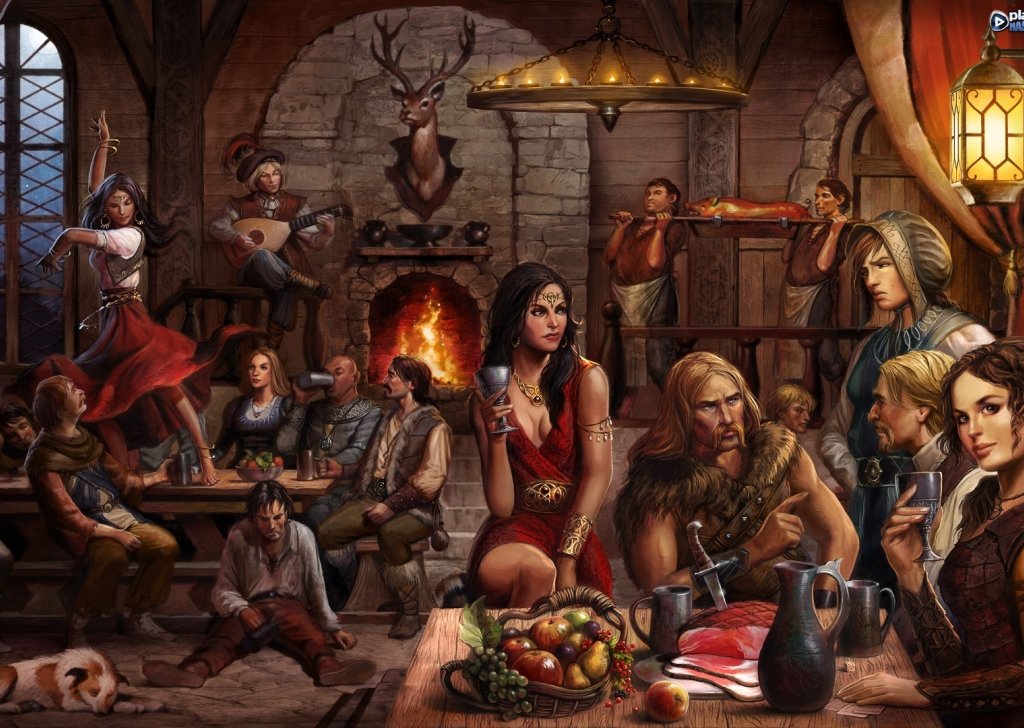
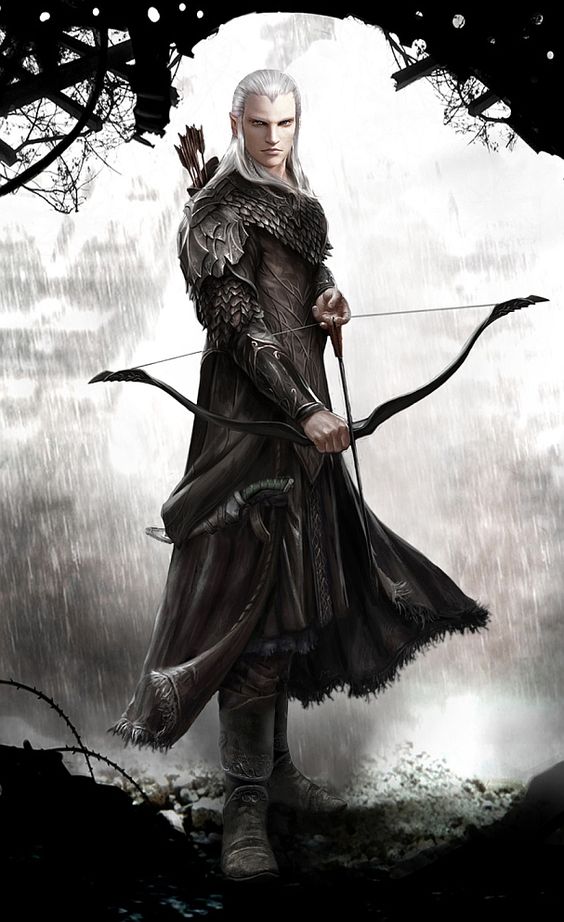
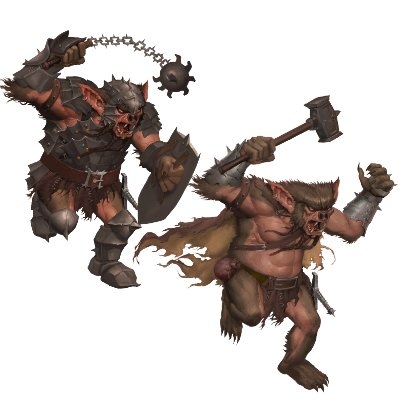
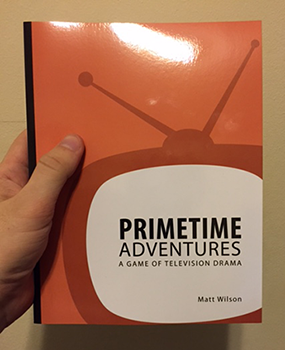
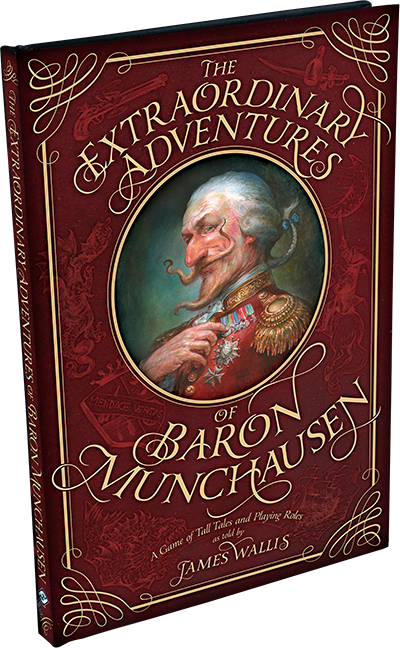

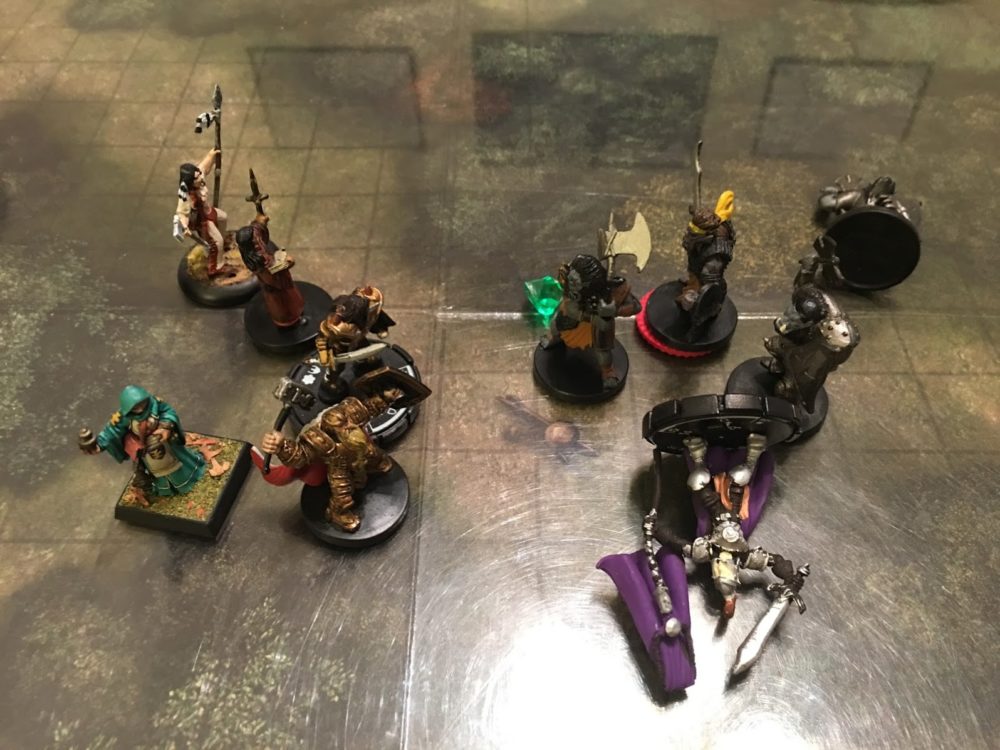
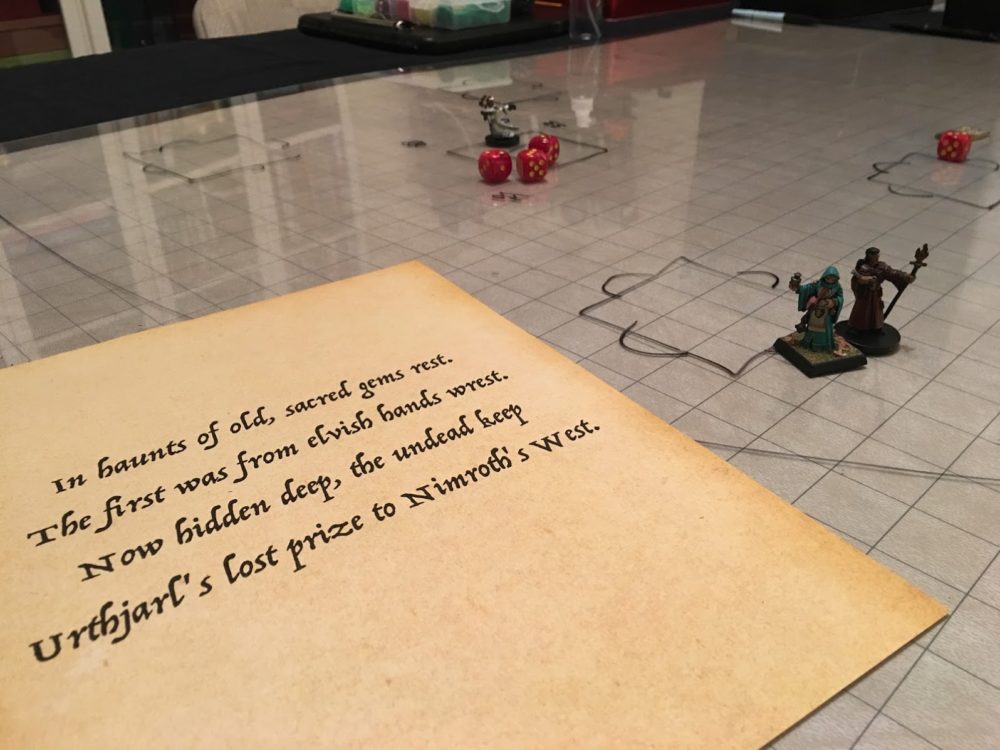
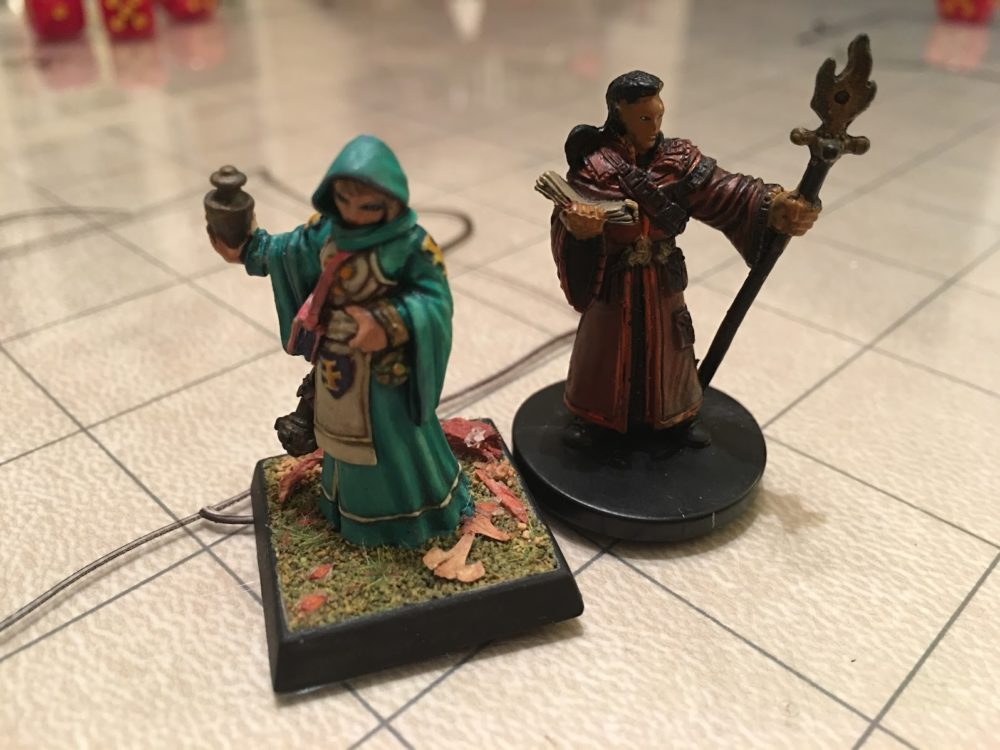
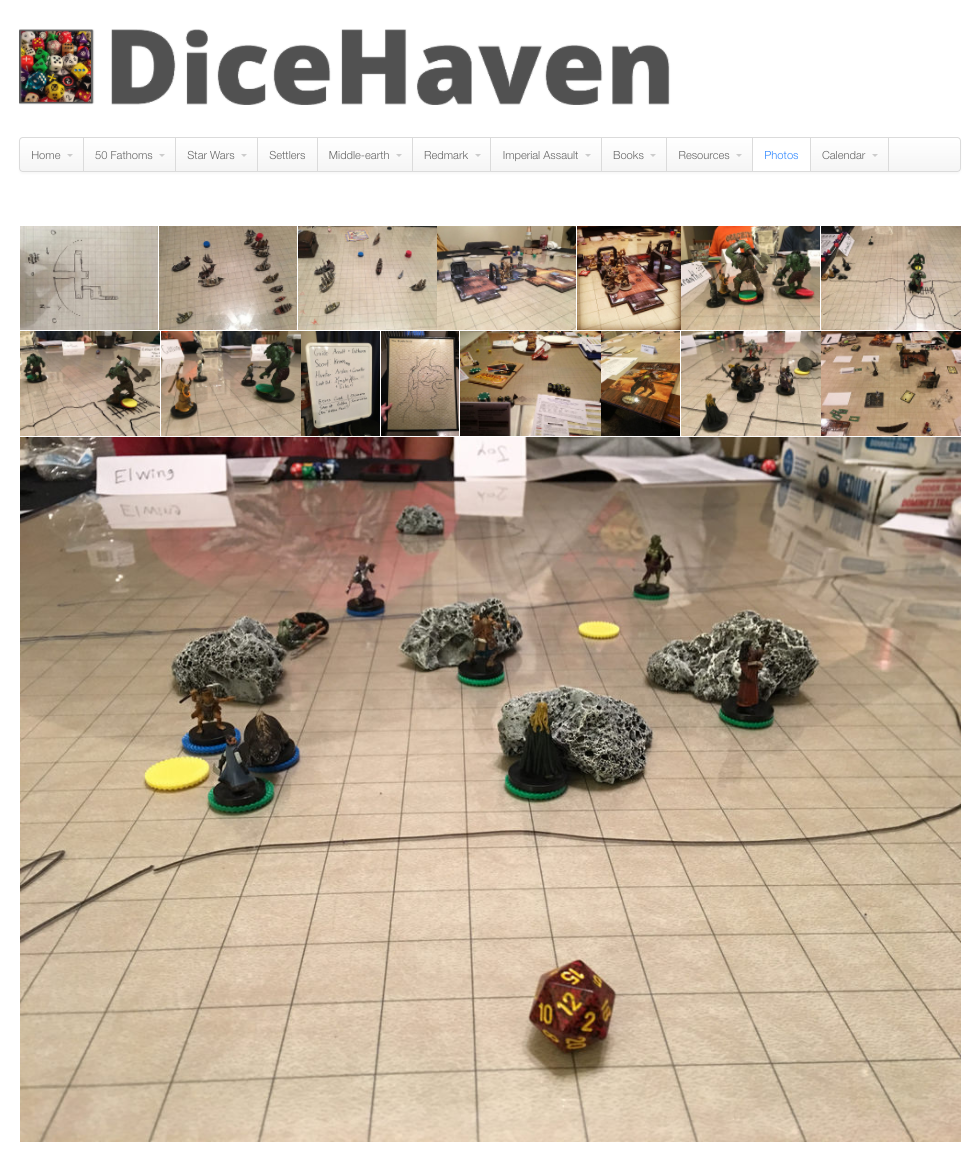

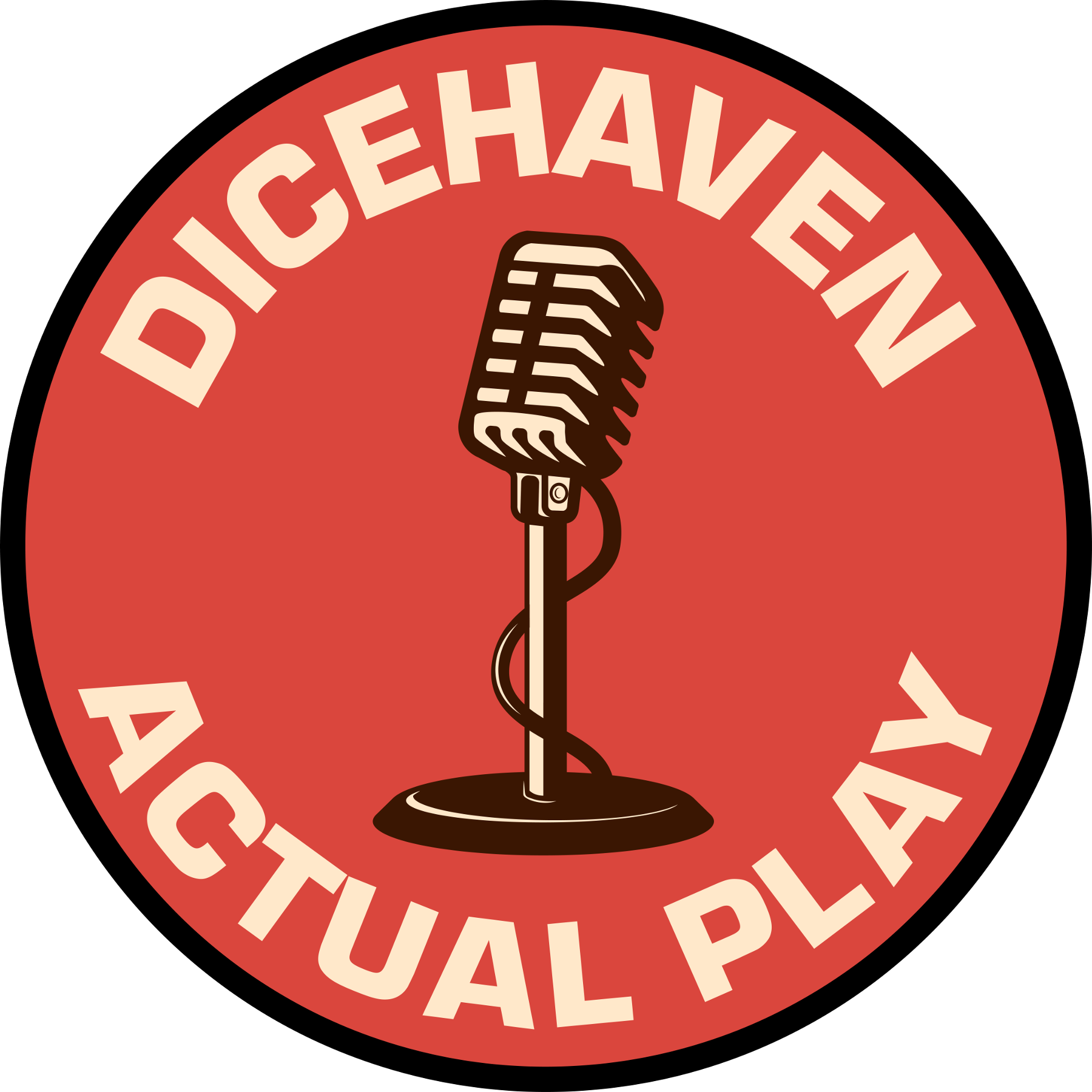
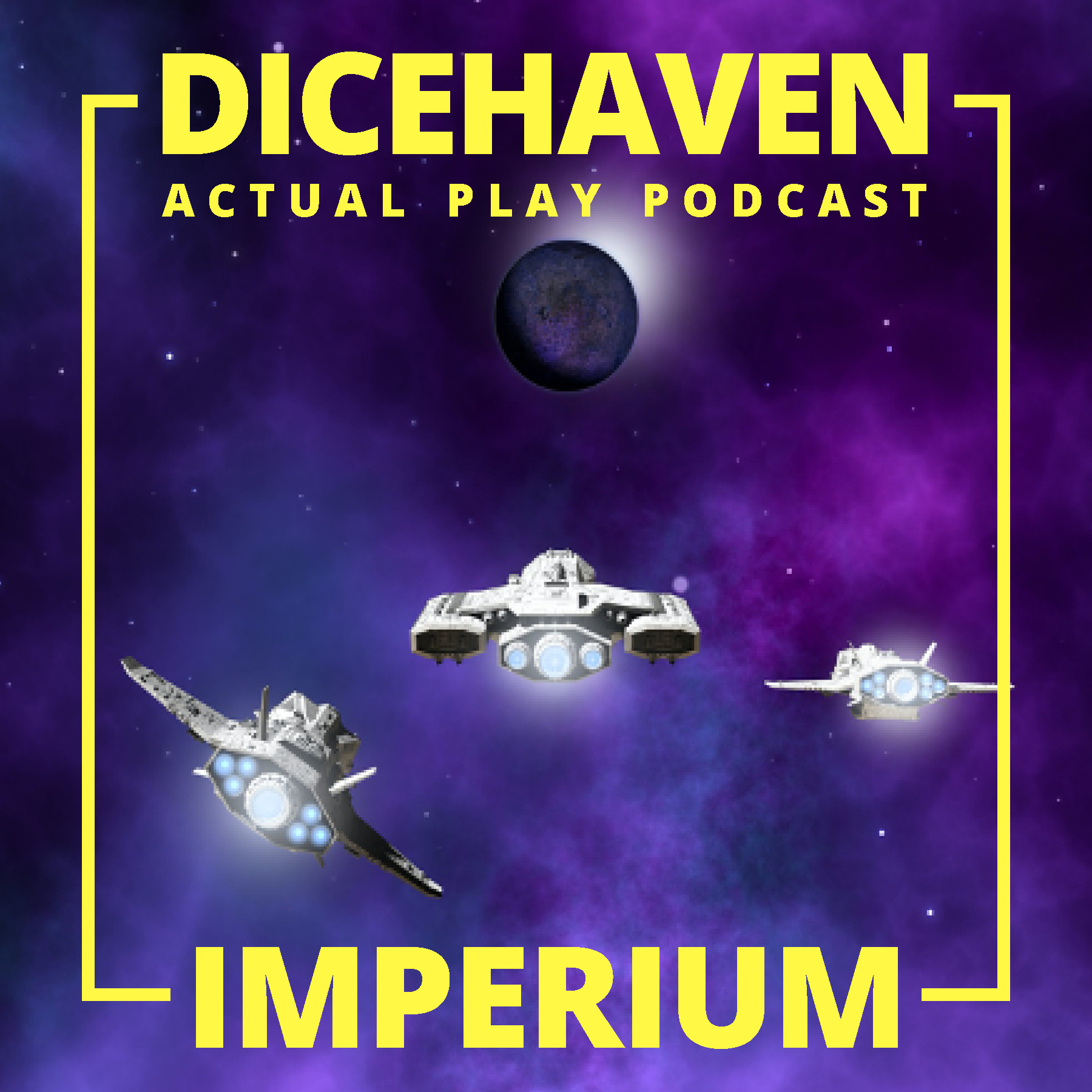
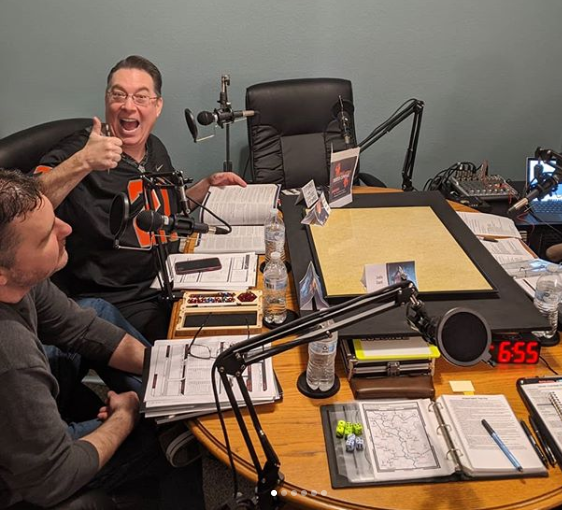
Recent Comments